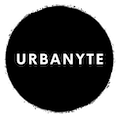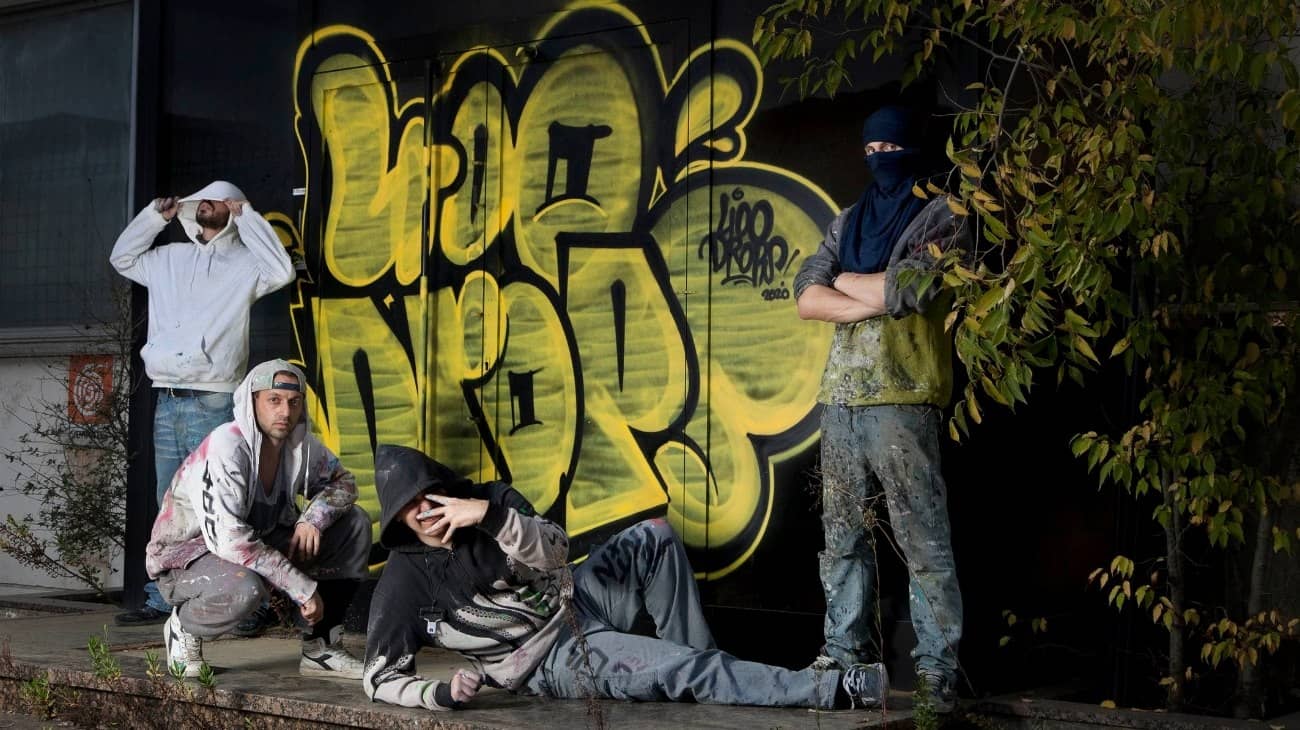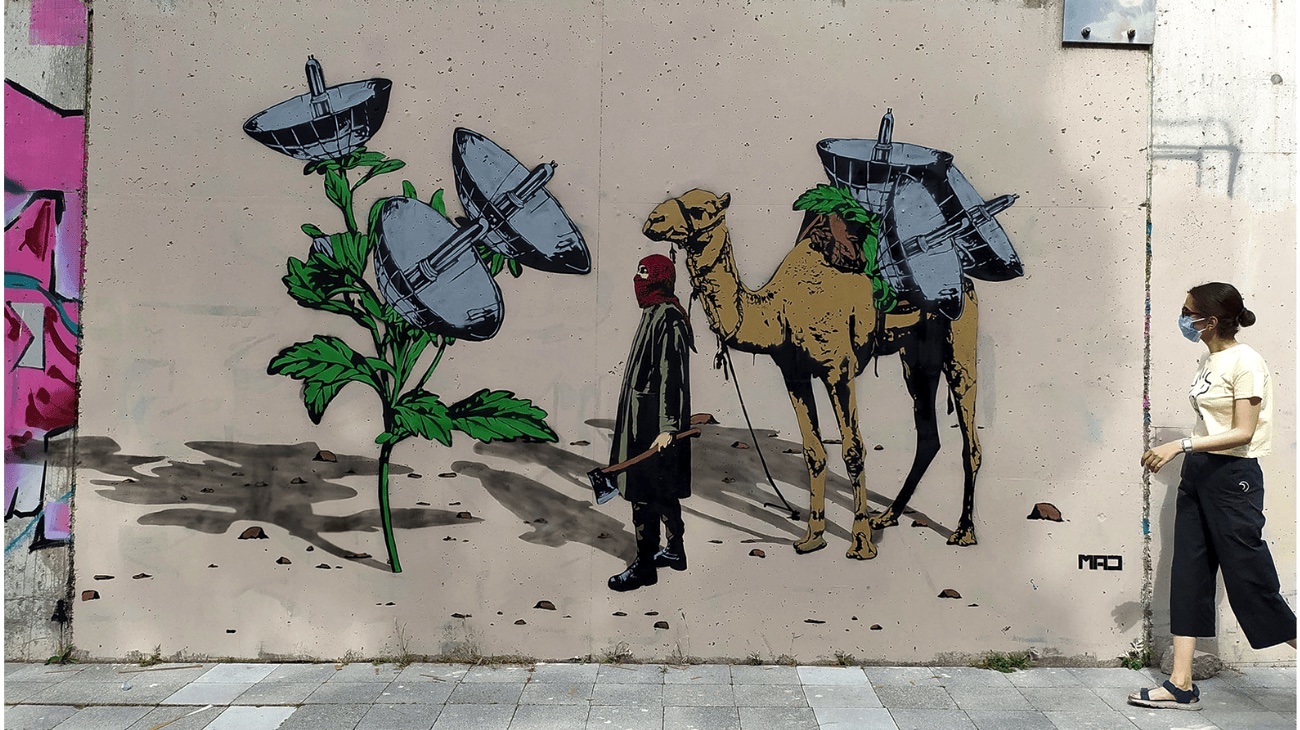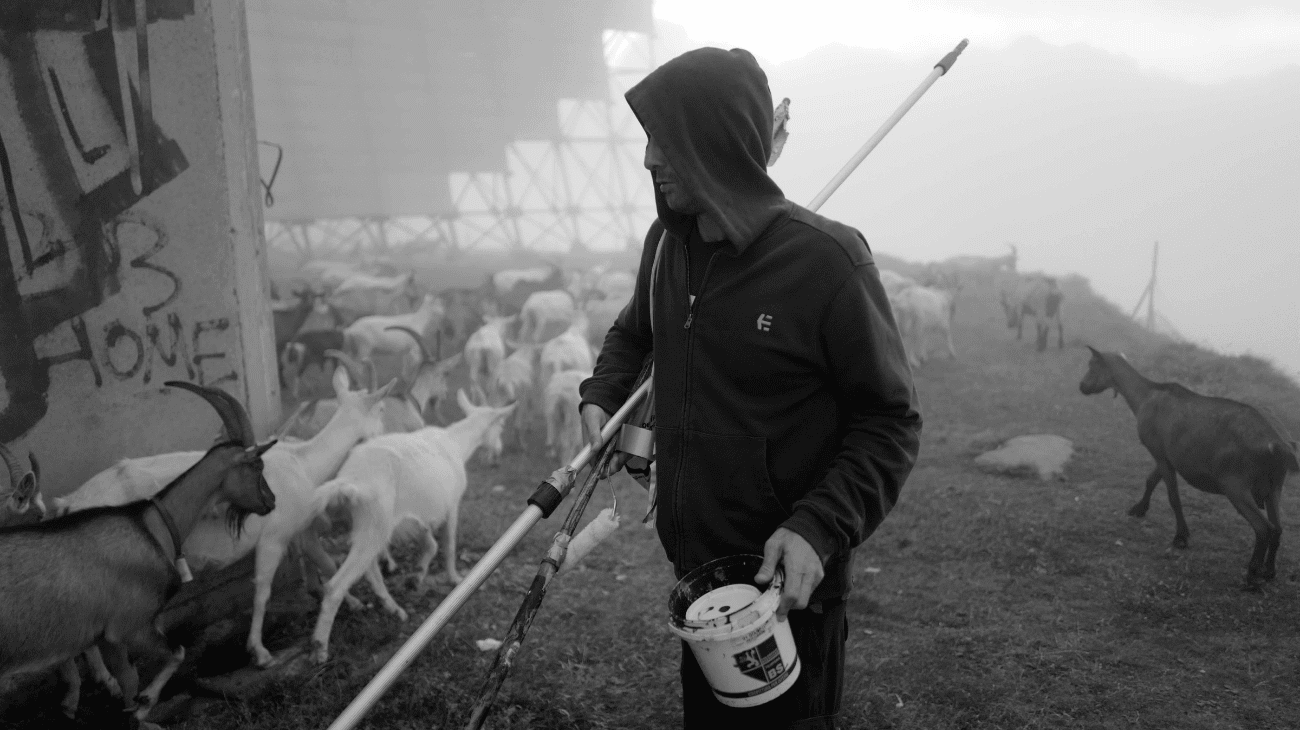
GERBOS MAD CITY
Interview with Spanish painter and street artist Gerbos Mad City:
Interaction with people has always been the main idea and sense for me to paint and to create, because for me the reason to do and to live is to share and be together. I guess this is what we need to do, creating interconnections between each other and constructing a better world.

Gerbos Mad City, what can you tell us about yourself, and where does your name come from?
Well, I am an artist from Spain – maybe more of a street artist as I think and act. Painting and drawing were always my passion and medium of communication, especially because I always considered myself as “different”, not as a part or a friend of the conventional system. I see and feel myself differently.
I guess a lot of people can understand this. So I do my thing in the way that I think is more appropriate with who I am, what I have, my philosophy and my mentality, which includes walking unconventional paths like painting on the streets, for example.
I choose “Gerbos” as my alias because it comes from the Spanish word “garabato,” which means scribbling, and that’s what I used to do most of the time when I was in school, drawing on my table and seeing my teachers going in and out while time was passing by. I couldn’t understand very well what I was doing within those walls, you know?
Then after the years I added the surname “Mad City” because of the city I live in, Madrid. Don’t misunderstand me; I love this city, but there’s also all this crazy economic situation and bureaucratic system that can drive anyone who lives here mad.
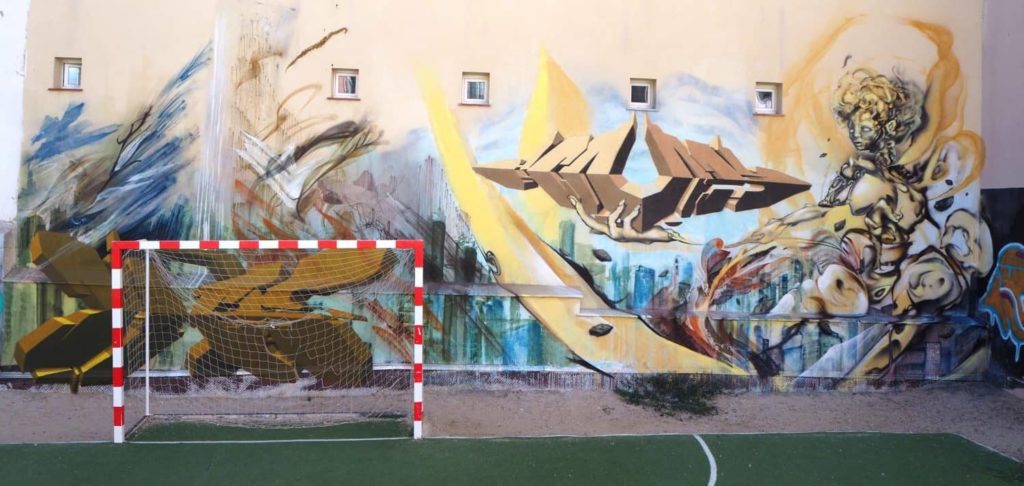
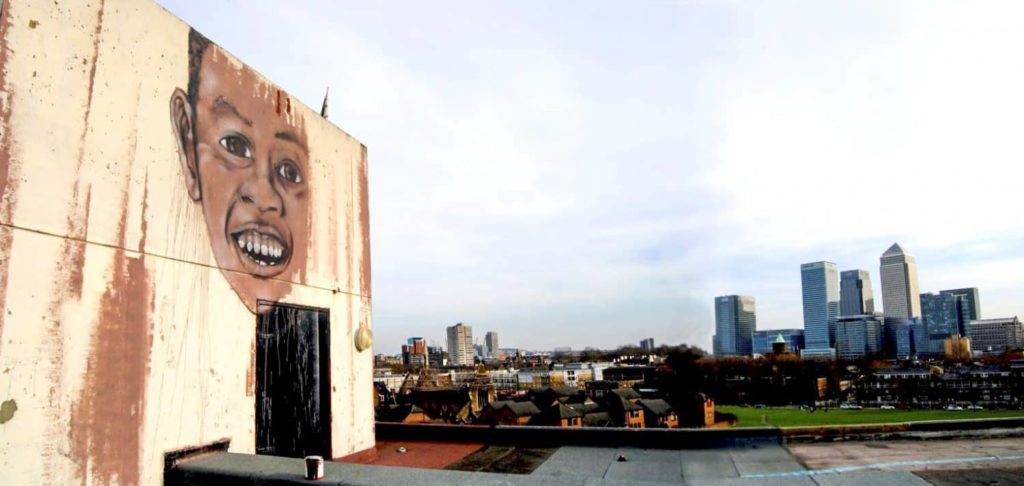
You have a degree in design and scenography, and you are trained as a painter and draftsman. What brought you to street art; when and how did you start? What motivates you to express yourself on urban walls in public space?
I was always in the streets because I always loved to be out there: being outside and staying with the people, making new friends, breathing freely, thinking freely, and painting with a free spirit. But I also always took the time for studying and working in the studio, of course. Spending time with yourself is necessary to grow, to improve, and to learn good techniques, also from good professionals.
What made me fall in love with making art on the streets and in the public space was simply that they are public, free to anyone, and so playful. Art can appear in so many different shapes, forms, and dimensions, and all are accessible for people to see. I was crazy about painting outside, and it also gave me some kind of thrill, to plan ways to do it without getting caught. It was a big obsession.
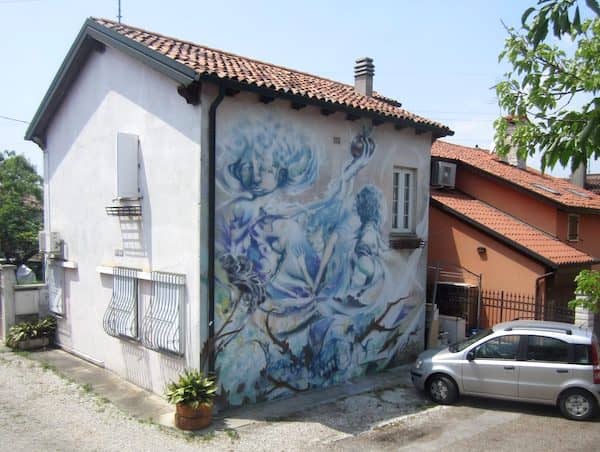
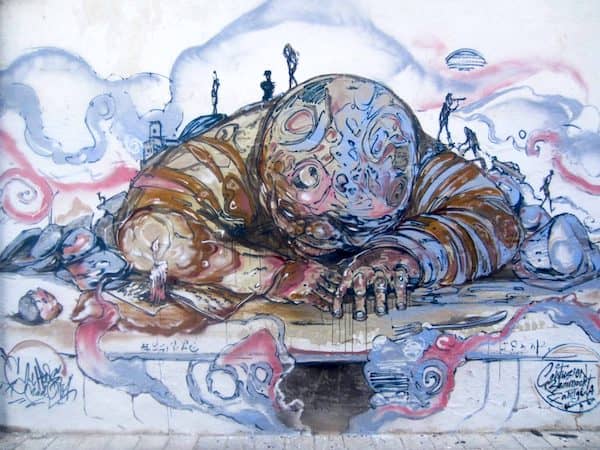
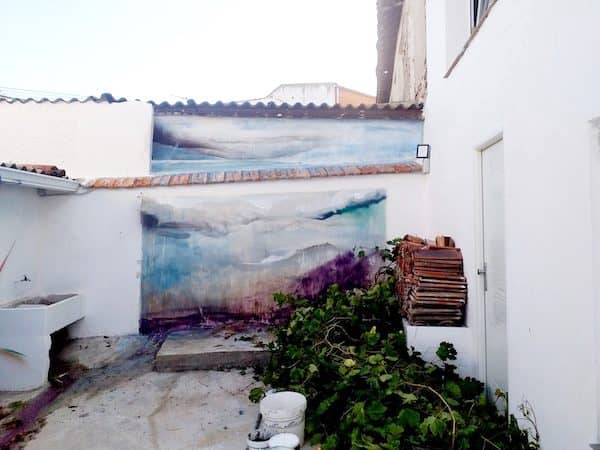
On your website you say “Painting has always been my first language and the most important for me,” but as well as painting you also create installations, murals, and graffiti paintings on all kinds of surfaces and vehicles, and you are tattooing. Do you feel like you’re still searching for your right medium of expression, or is it exactly this variation and experimentation that you are looking for?
I love painting, and I guess that’s what I do before I start any kind of project, whether tattooing or sculpting or installing… But I love all kinds of creativity and sources. Art is so playful and infinite; you just want to experience it all and play with its options. Of course another thing is to find your right way of expression, which for me means experimenting with every technique, because there will never be just one way of sending your message.
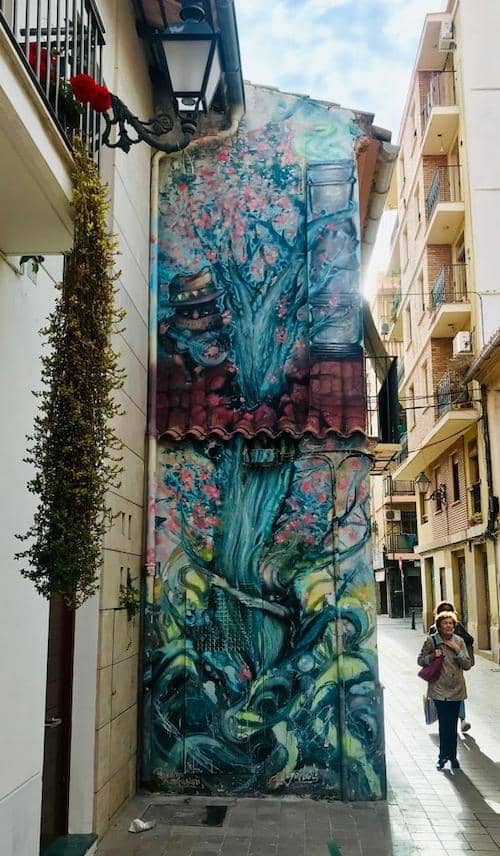
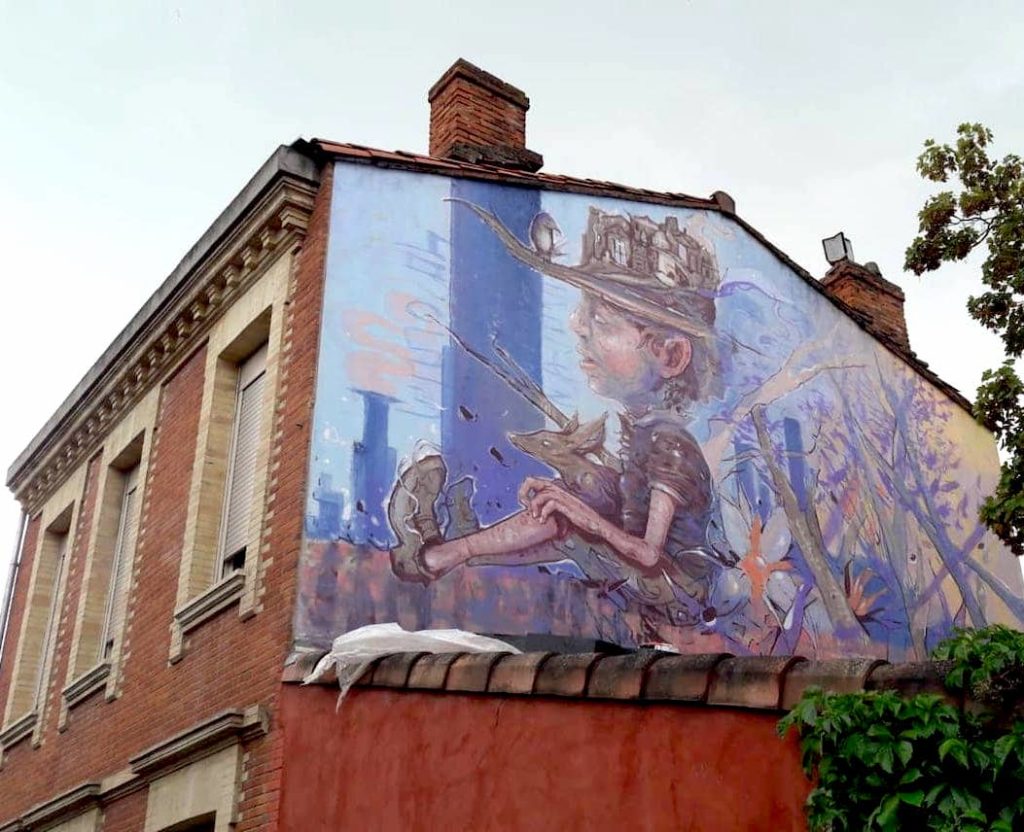
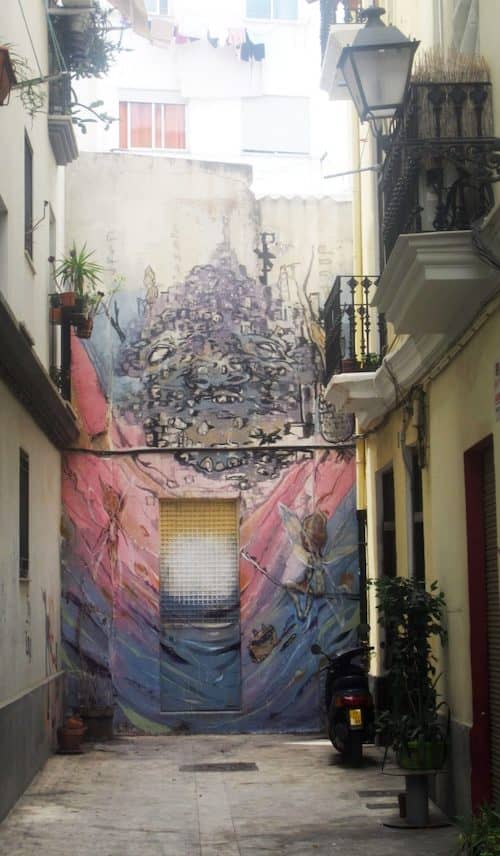
Your art captures dreamlike, almost fairy-tale sceneries that captivate the viewer with their melancholy spell. What messages do you want to convey with your art? What are your sources of inspiration?
Well, I started illustrating a book some time ago titled The Industrial Giant in which I try to explain in detail how I feel about big industries and the world, and the abusive and uncontrollable system of capitalism, which is also one of the recurring themes of my art. The book isn’t finished because it’s really a big project and I have reconsidered how to get it done many times in different ways, so I haven’t published it yet.
I also play with many other ideas. I’ve done several painting series and art pieces, for example scattered pieces, in which talk about energy and the beauty I see in broken things and abandoned spaces. Another work I did is called Magic Kids, in which I expressed my ideas about children with autism and depicted them like superheroes, endowed with superpowers and energies. Other series of mine are more philosophical. I find inspiration in many different things that surround or touch me. I never stop painting, because it is my way of reflection and communication, and it allows me to express any mood at any moment.

Your aim was always to create together and empower the underground culture and self-sustainability through art. Could you describe further what you mean with this and how you practically achieve it?
Creating together and opening up a dialogue has always been a motivation for me, especially when I travelled for years, and I still travel sometimes. Interaction with people has always been the main idea and sense for me to paint and to create, because for me the reason to do and to live is to share and be together. I guess this is what we need to do, creating interconnections between each other and constructing a better world.
Now, here in the city, I still feel the same, but it is a bit harder because there are too many distractions and things you need to do in order to live here. There is too much stress and rush so that people don’t even have the time to be themselves.
Finding community while traveling and creating something beautiful together was always a thing I kept doing, and I feel it is the most beautiful thing to do for me. I always traveled to find people in other parts of the world with different ways of living and thinking, who gave me the possibility to learn and enter into exchange with them, enabling interconnections. I live because of people, that’s all.
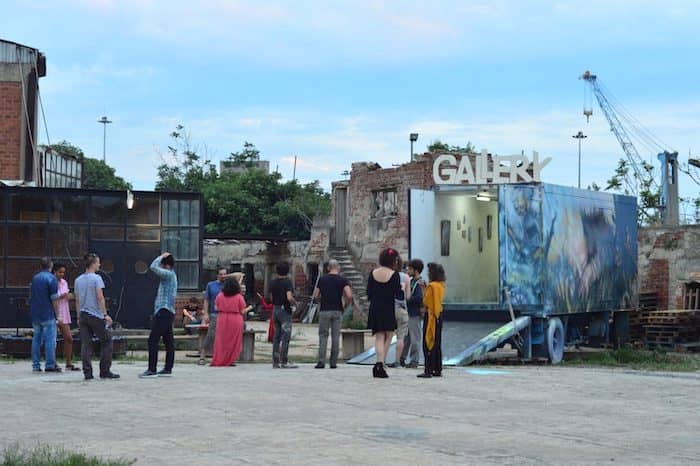
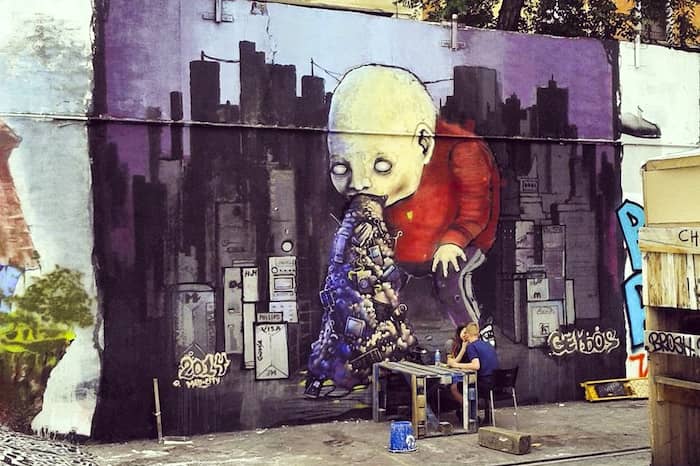
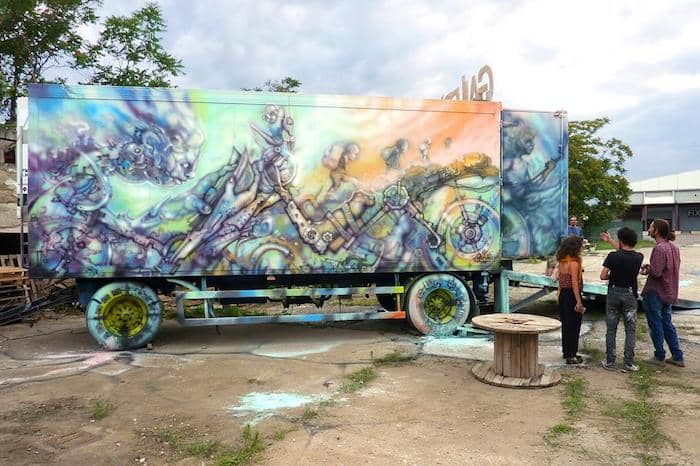
One point that makes your art unique is the fact that almost all of your work is made of reused materials, following the philosophy of recycling. Trash art is not just a way of art for you but also a way of living. What is your way of working in terms of materials and techniques, as well as themes and messages?
It simply gives me a lot more fun, because you must adapt yourself, that’s all. Working with something I find left in abandoned places or the streets, twisting and transforming it, is so much more pleasant because I develop it from scratch. It’s not the same feeling as going to the store and buying everything you need already prepared for its use. You feel a greater connection with the materials you have found on your way, you know. You are saving them, reusing them, and giving them a new life. That makes me feel doubly rewarded and so much more real.
Thinking about environmental problems makes me feel horrible and depressed. Many times I feel very bad about it and think about giving up. Anyway, I do not try to change ignorant people’s mind with my art. I act the way I act because it feels right and not bad, but I can’t be trying every day to fix people’s minds or trying to inspire them to be a better version of themselves. People realize things by themselves, and those who want to improve and try to do better will find the information and good values – sometimes in other people, but I don’t want to spend my time teaching or convincing someone. I’m not even a person of long talks. I try doing what I think is good and real in the best way I can.
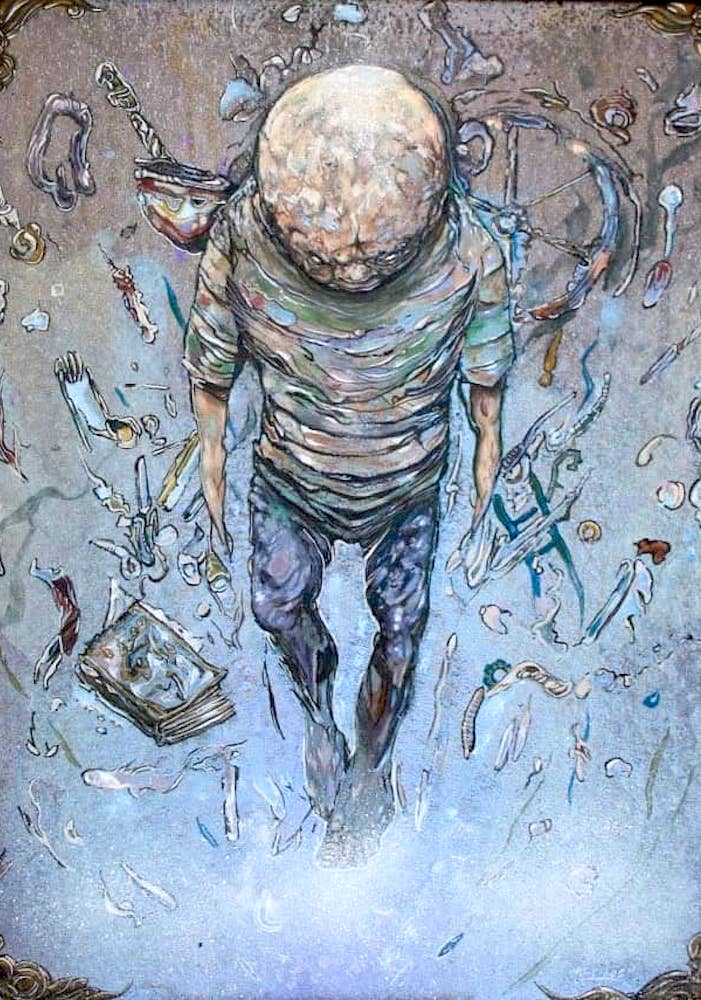
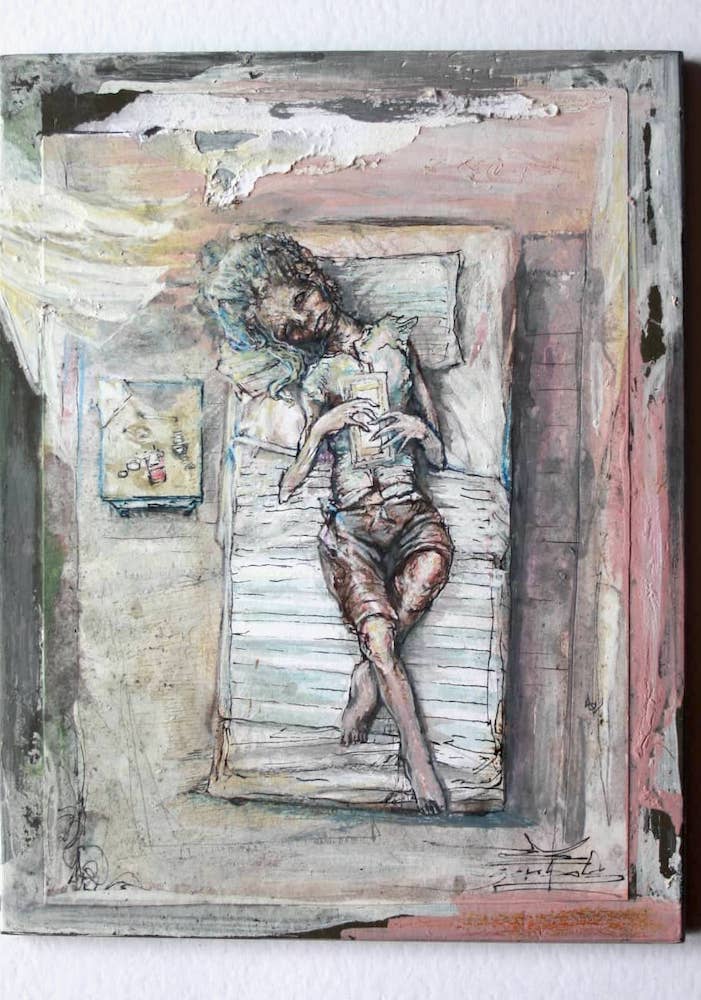
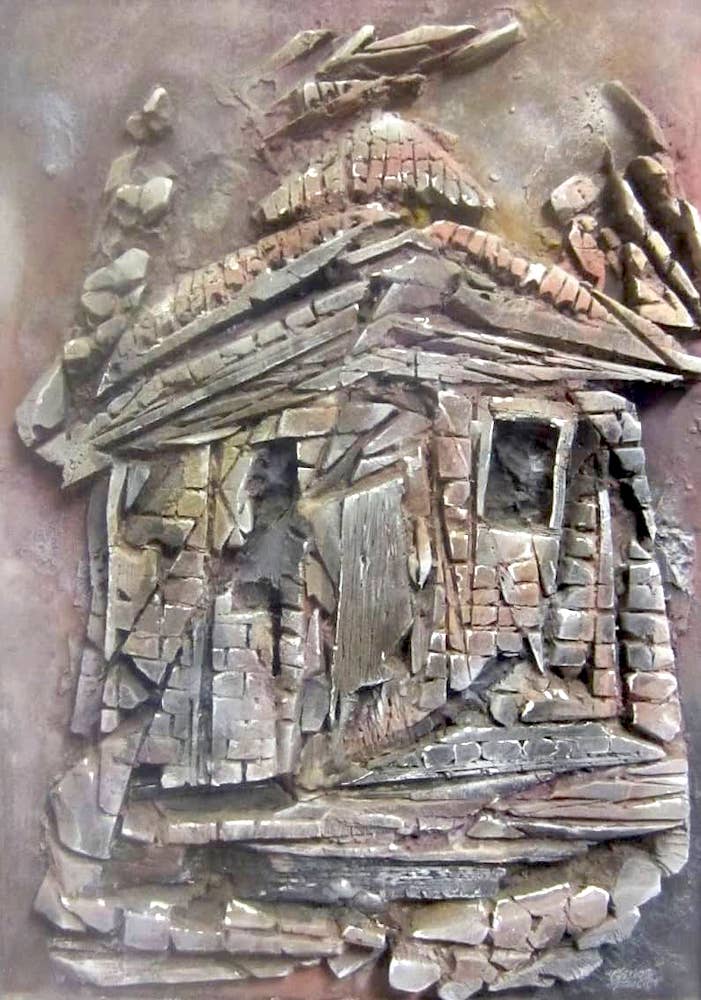
Your film No fame, no game, no direction, one meaning documents your artistic journey through different countries. Can you tell us more about it? What inspired you to do graffiti hitchhiking, which countries did you visit, with whom and how long have you been on the road?
It was a five-year hitchhiking trip, and I decided to leave Spain because everything was going bad for me again with my life and stuff in general… Hitchhiking was, for me, the possibility to travel without a lot of money and to meet people on my way. I just felt the need to do so.
Like I said before, people have always been my driving factor, have always made me move, and have awakened the wish to travel in me. Traveling gives me the feeling of being free and “naked,” being independent of places, social constraints, and obligations.
I visited a lot of countries when hitchhiking and zigzagging; sometimes I didn’t even know where I was, which was a bit crazy… and many times I went to cities or other countries because people wrote to me and invited me to do projects together at their places, associations, squads, galleries or centers… So I traveled from place to place, visiting people and making new friends, doing my wall projects and painting around, sleeping in gas stations or in the street sometimes, just until I found a new project to work on.
Most of the time I traveled alone, especially when hitchhiking and moving around places. I had this GoPro with me for a long time during my trip and only started using it when I felt lonely: I started to speak to camera, to play it for myself and see my own face saying bullshit. Over the time I started to film more and also recorded my paintings and works. When I had enough material, I sent it to my friend Javier, who asked me for more and more. This is how the film was born. He and Jaime, another friend of mine, were the ones who produced the music and the montage, putting all the little bits together… they’re awesome.
This experience changed me completely, and it also helped me in many ways. I met a lot of amazing artists and learned a lot of different ways of doing, fixing, and creating – and loads of things.
Which differences did you experience depending on the city or country you worked in?
I would say, the economy makes a big difference in terms of graffiti styles and levels between the countries. In many places I have been, the guys didn’t have the money or facilities to buy their spray cans and not everywhere can you find a shop with these supplies nearby. Many still used spray paints but maybe not with the same quality. Let’s say in some places in Europe you are forced to find your own ways, or you have to improvise more… I like how people manage to, no matter what. It is powerful and shows the spirit of each individual and its situation.
Another thing that makes a difference are the variations in language and syntax in every country and the general acceptance of urban art. There are places where urban art is extremely hated and others where it is tolerated or even appreciated and super liked. I think this depends on the urban art historical background and its impact on the place, and how people think over here and there.
On a personal level, when you spend real time with the people you also realize that their graffiti background didn’t evolve or start the same way. Each person and each place has its own story.
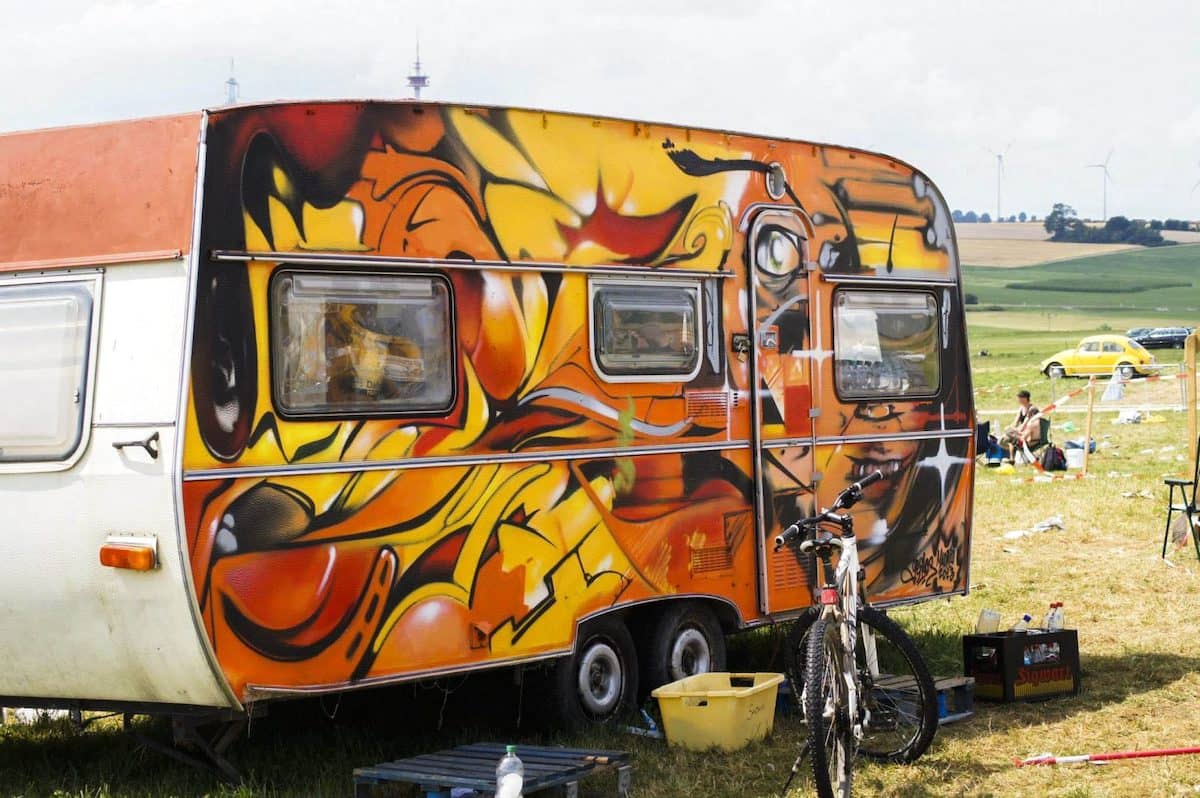
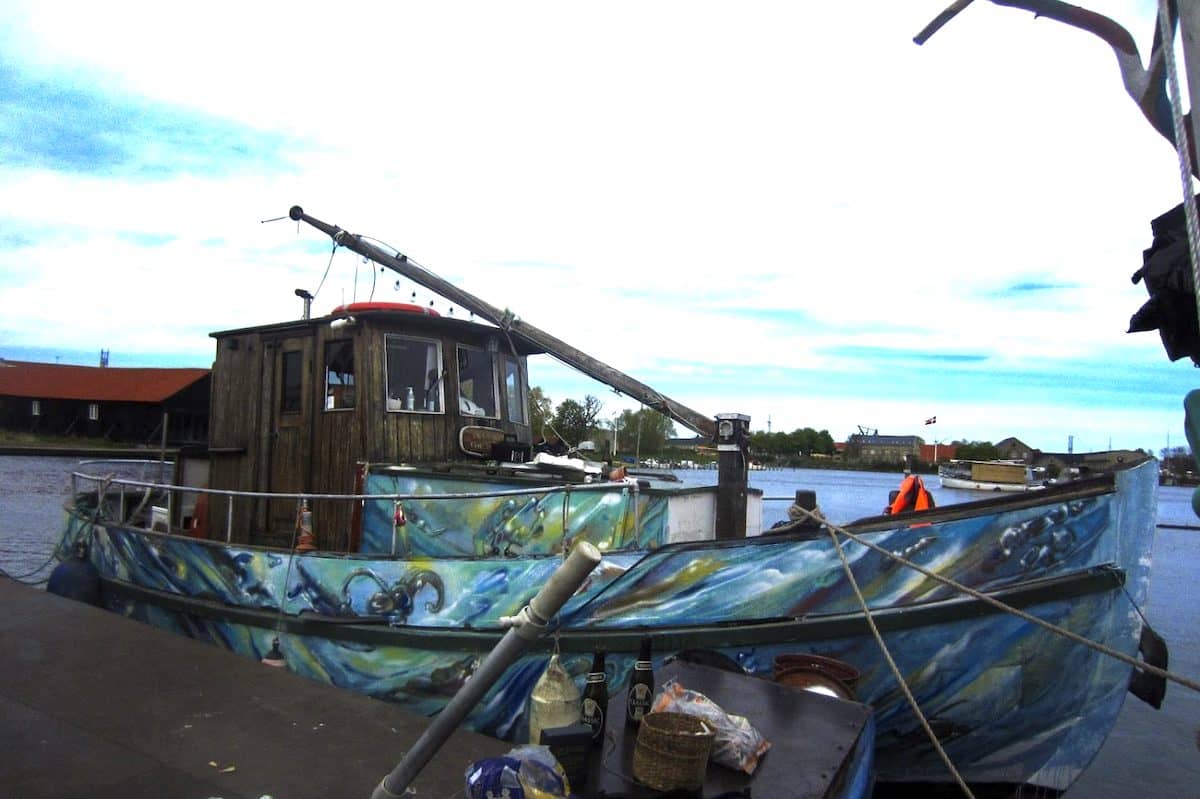
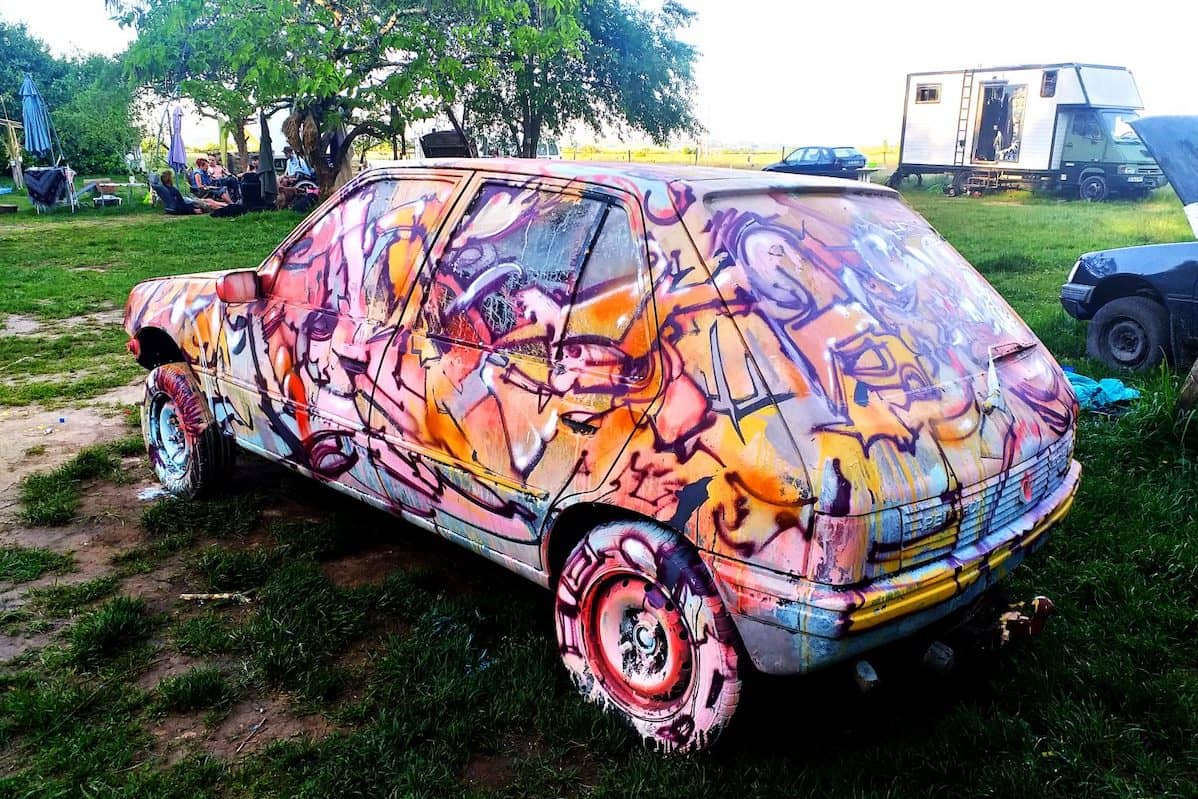
This project was also motivated by the wish to empower the underground, while staying away from rules and the system. How would you define underground? What determines free artistic practice for you?
For me, the underground is defined by the people, the vibes, the activities, cultures, and ways of living that are not aligned and embedded into the current social, economic, and political system. They might not be as pure sometimes, but less commercial than others, not moving around the points of interest that the majority of the current society does. Those are the ones we should take care of and empower, especially if they are for the good of nature, the ecosystem, the community, humans, and peace for everyone and not supporting greediness, money, ugly competition, and wars. That’s why I think it is good to find ways to distance yourself and to discover options outside the commercial and capitalist society, to not harm the world further as if nothing would happen.
There are many levels of freedom when you work as an artist, depending on if you work independently or with whom you work, and whether these people commissioned you or are regulating the artwork somehow.
The underground, as I called it before, is a great place to create and feel free, but it can also be dangerous sometimes, as you don’t have those who take care of you. On the other hand, institutions might not let you say what you want to say, or might even change your speech. But I found places, even though they were few, where it was great and I was super free to do whatever I wanted to in these galleries or official spaces.
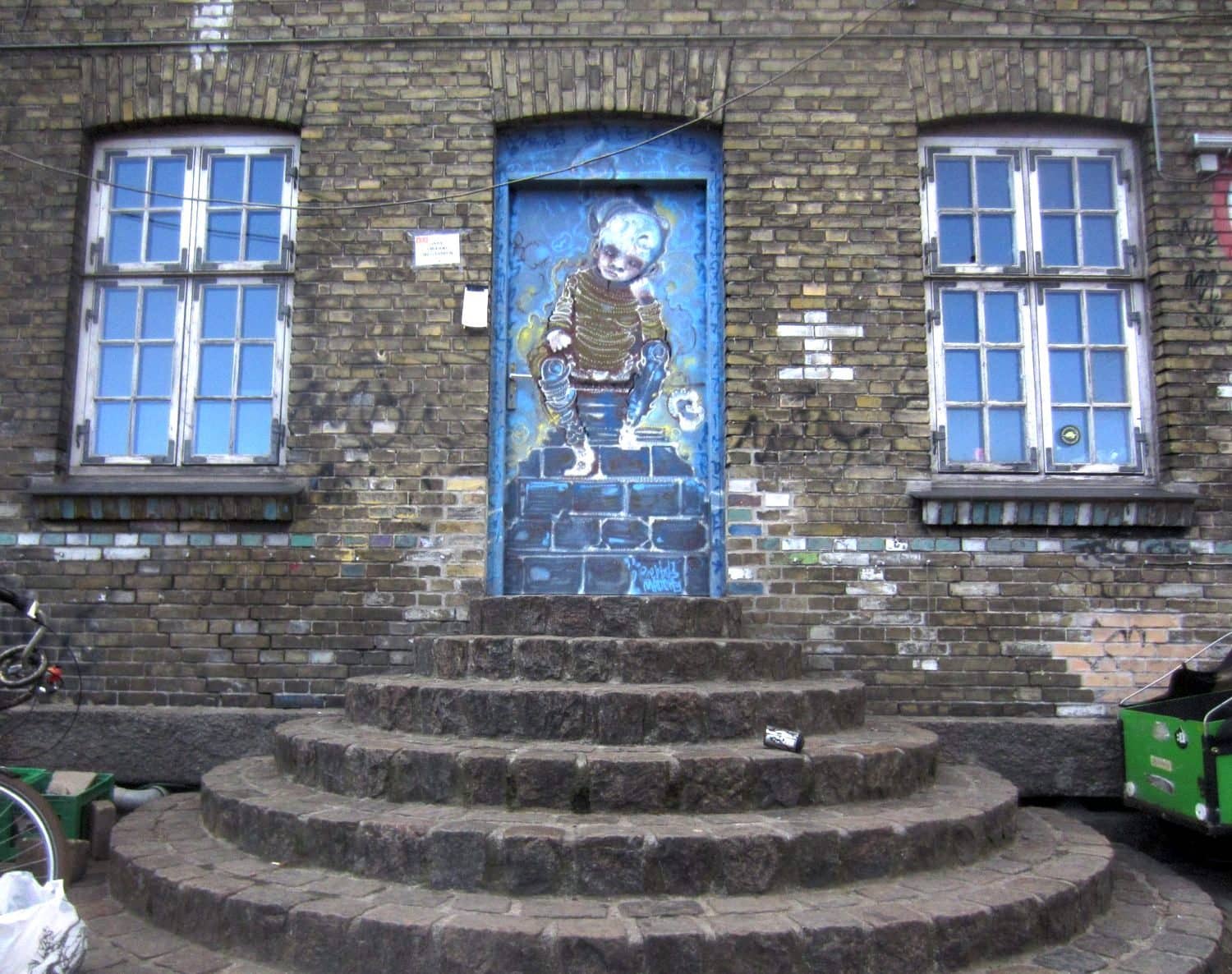
You also said in the film, “it’s hard to find a way into society; there is no place for dreamers anymore.” Do you think (street) art can influence society?
Yes, of course, art in general does so, I think. But art must be good enough to say something, to send messages and trigger thoughts… not just with the stupid, colorful commercial art and designs that society is kept being stimulated with in excess.
For this reason I also feel a responsibility as a public artist. We have this powerful tool in our hands and therefore the obligation to use it to do something good for the public, the people, and our times.
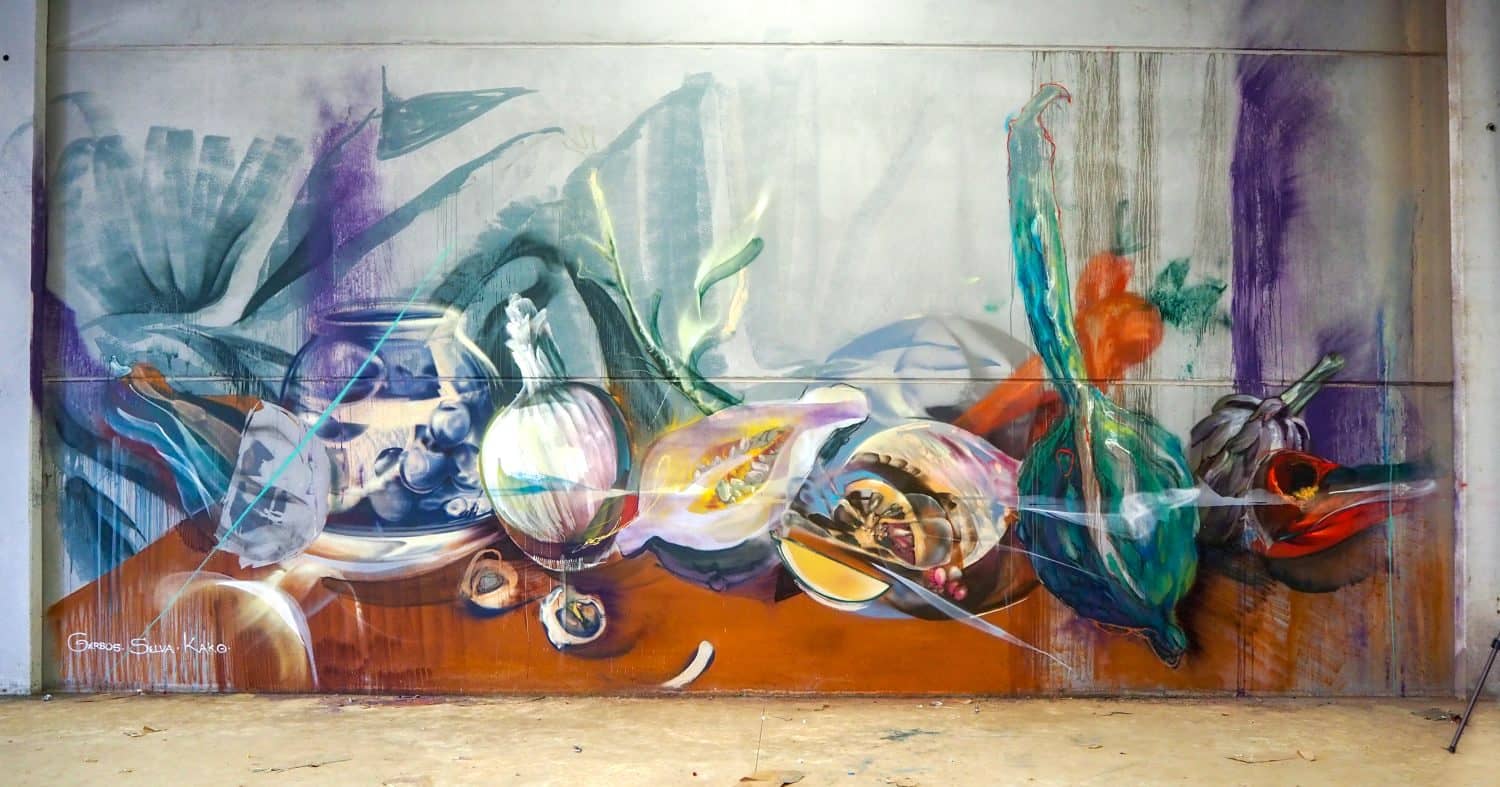
What has been the most memorable or rewarding work for you so far?
I really liked the art installation that I did for OZM gallery, an innovative gallery for graffiti and street art on over 800m2 exhibition space in Hamburg, Germany. I created the scenography for a destroyed space within their gallery rooms and created two sculptures as part of their exhibition, opening up a dialogue with the exhibited paintings. This exhibition was part of my trip and connected to my series scattered pieces and the monks way.
And I also loved doing the Cityfuck street art gallery project with two friends of mine at Thessaloniki in Greece, in an art space and gallery for street artists to show their works accompanied by side events. Or the time I spent painting with my friends at Friendzone Sketch Club in Denmark. I love all my walls and art projects but what is most memorable to me are the shared experiences with people who knew to share them with me too.
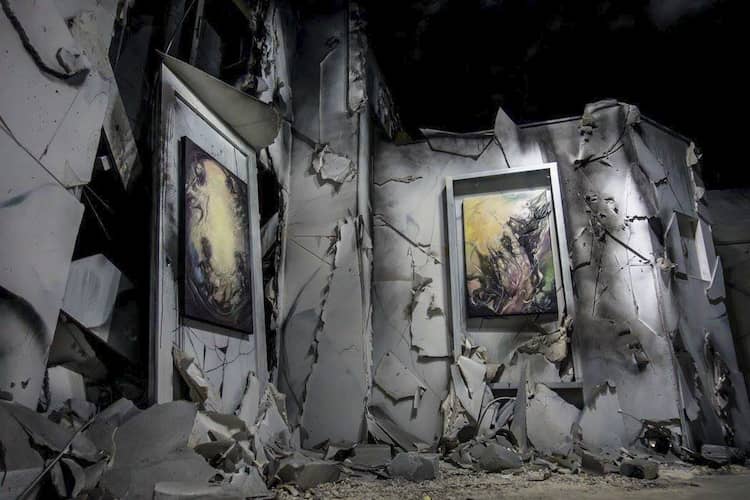
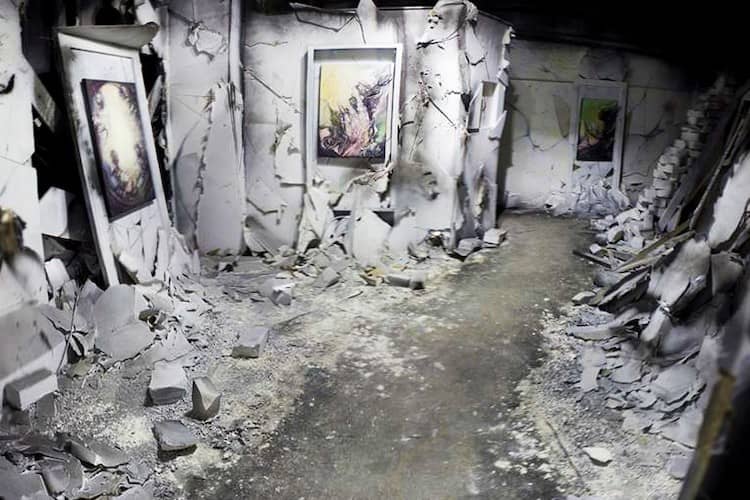
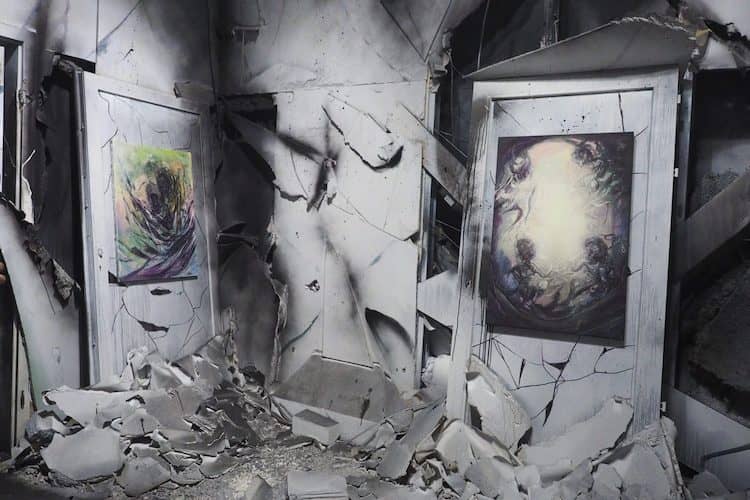
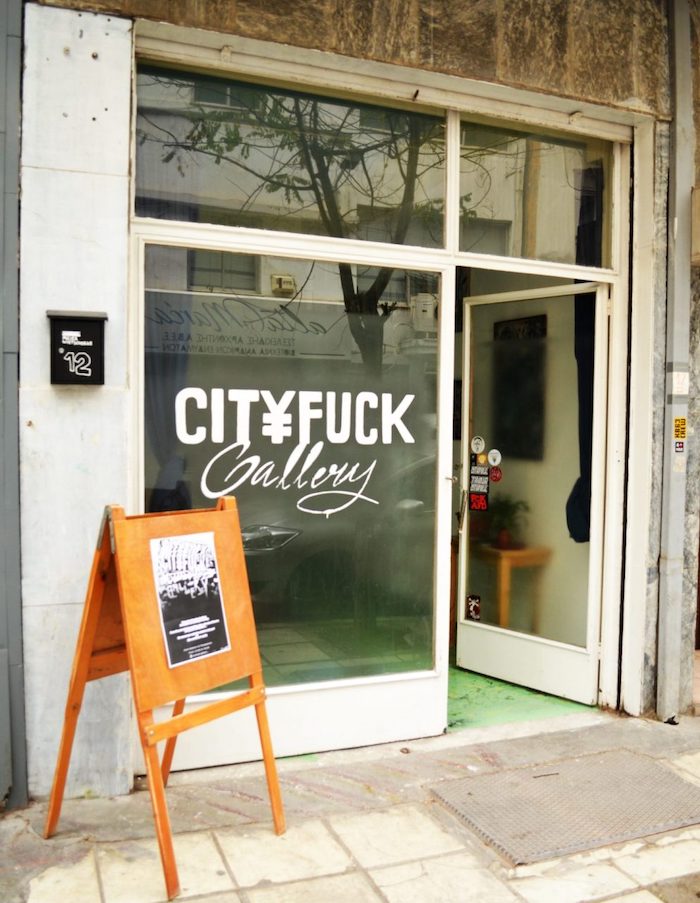
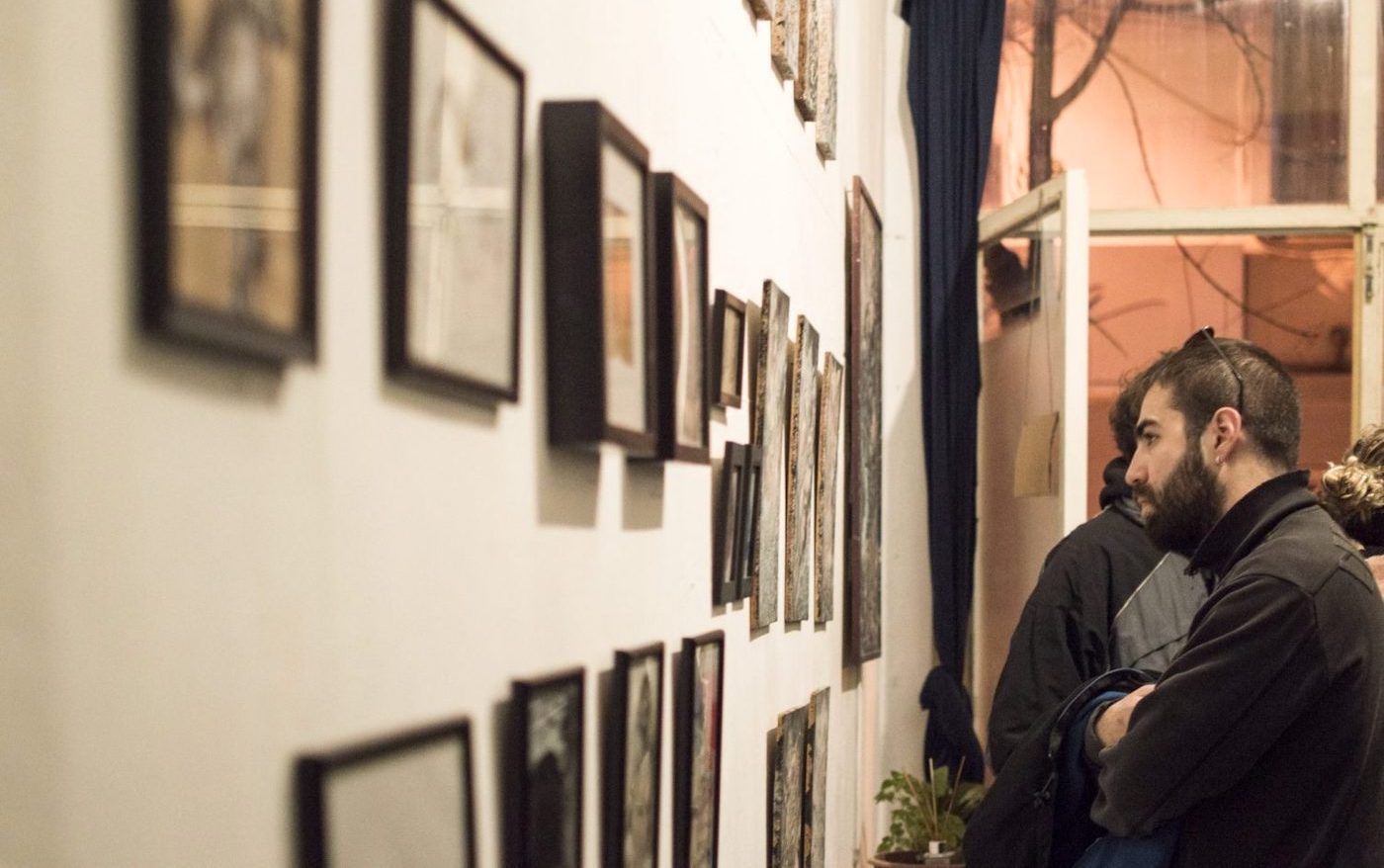
What’s next for you? What do you have planned for this year (or as soon as coronavirus allows)? What are your dreams for the future?
For the moment I will be staying in Madrid, painting some walls and helping out in my street art studio, El Keller, which needs to be taken care of and somehow resist the current challenges of these times. It is a space conceived to provide diffusion and generate dynamics and cultural content outside the official art circuits; it’s mainly focused on urban art in its multiple modalities such as plastic, graphic, music, etc. Normally we (a collective of creatives) develop activities, exhibitions, and events there. I am also looking for jobs as a scenographer and designer for theater, events, films… and I keep selling my artworks.
And, of course, I’m looking forward to traveling again or moving somewhere else to live my life in a different place. I love to change constantly, and I know Madrid well and feel that I have been here for too long now.
My dream for the future would be my own studio in a nice place and to keep on making a worry-free living out of my art, without having to suffer or compromise too much because of money and not having to pay anyone for breathing and living tranquilly. Hah!
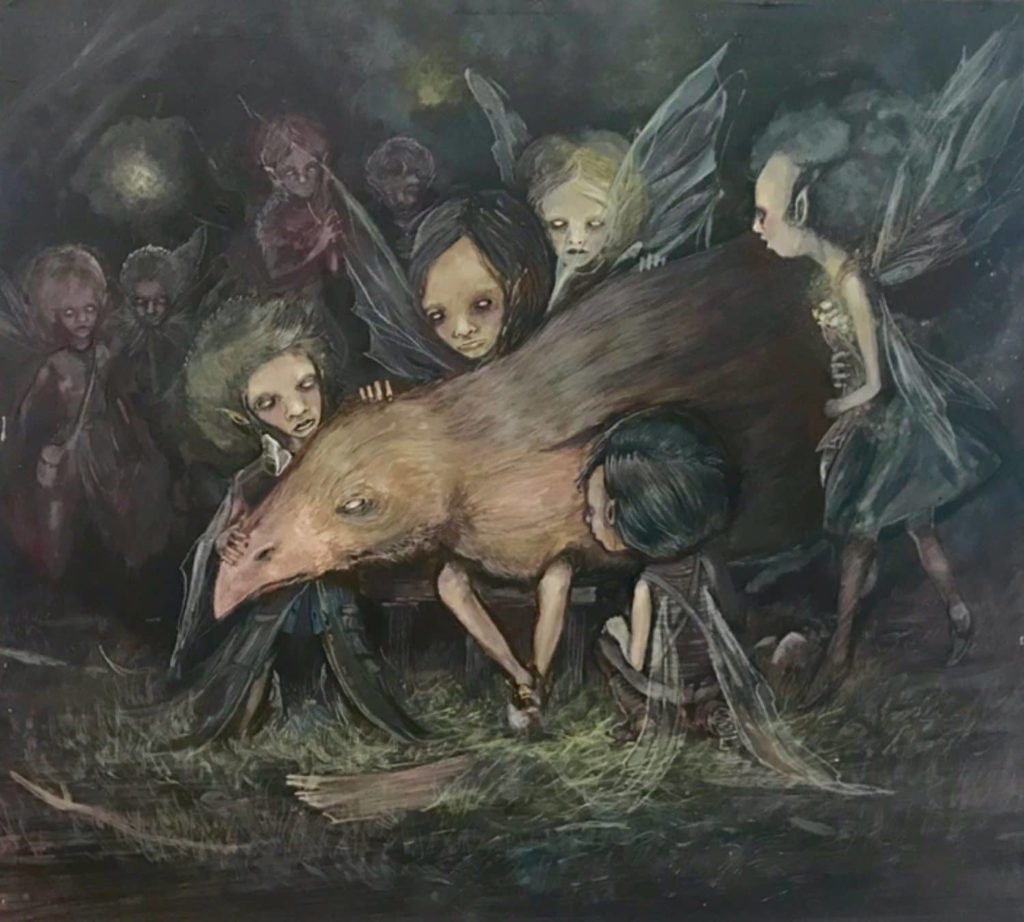
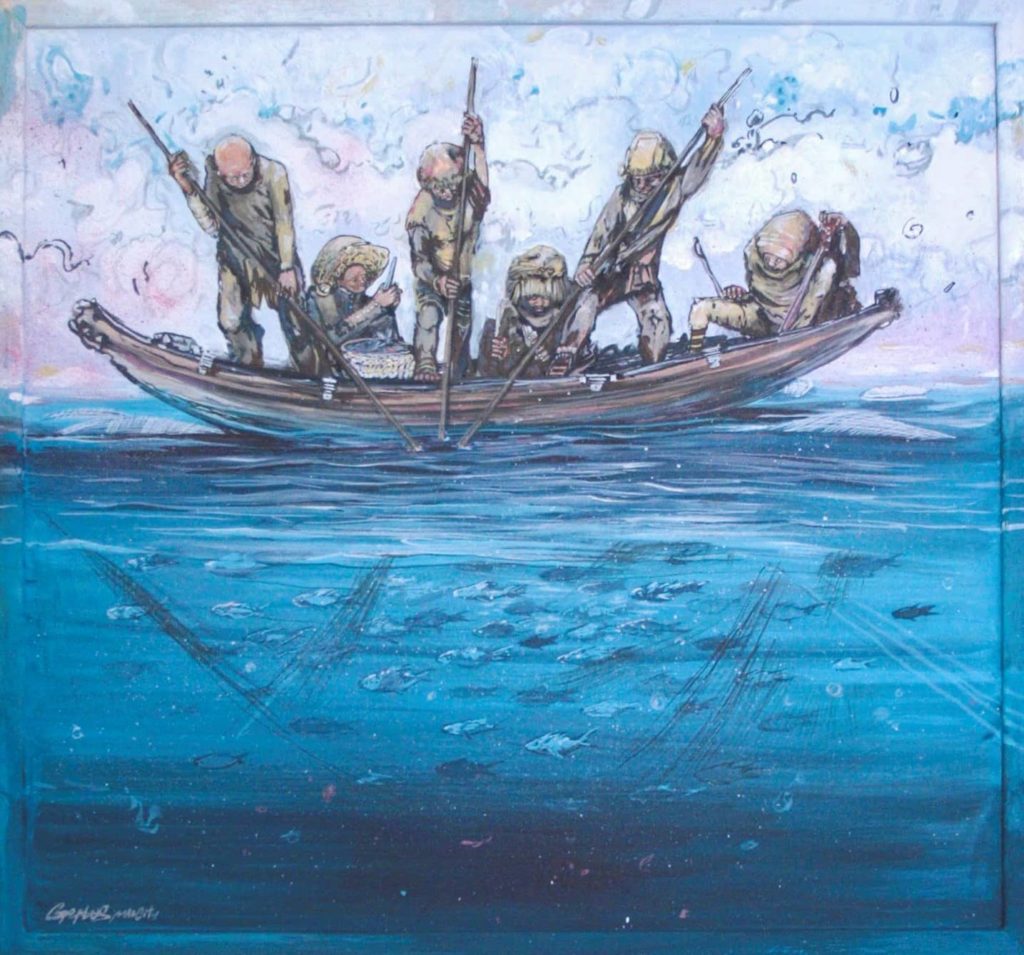
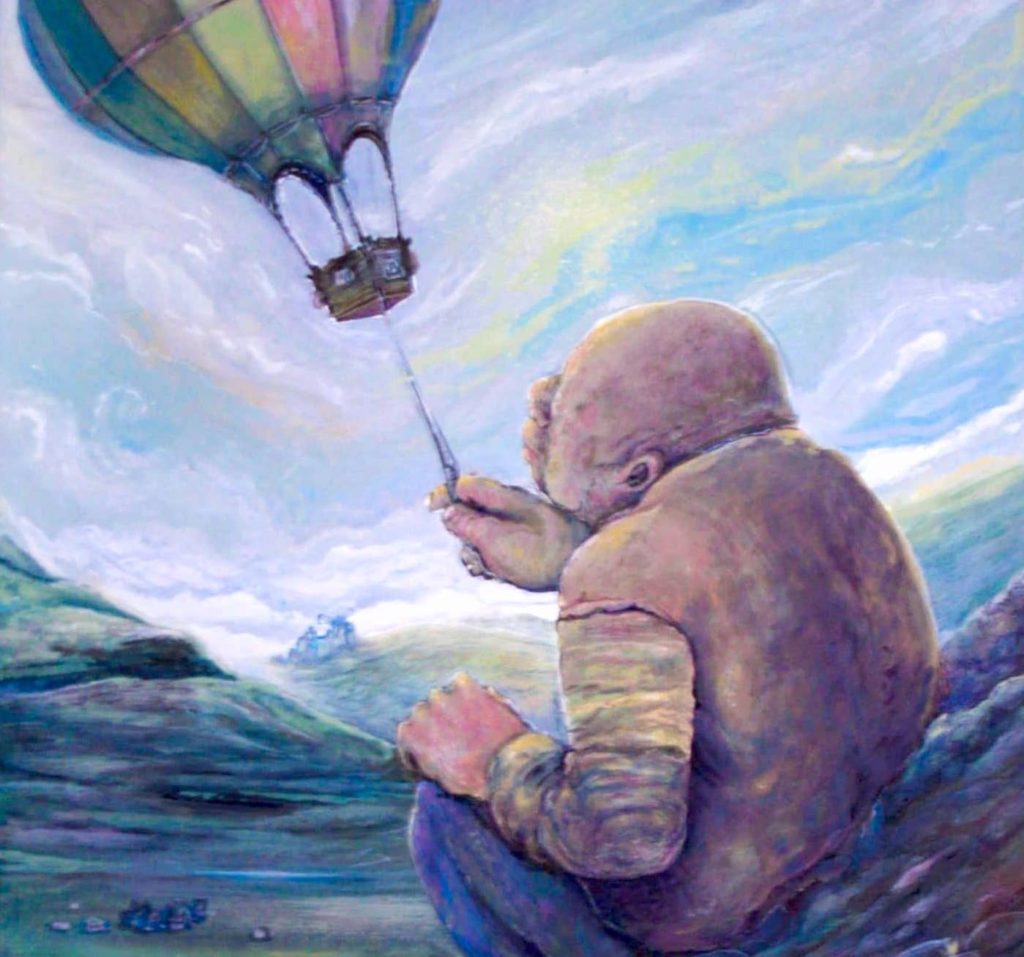
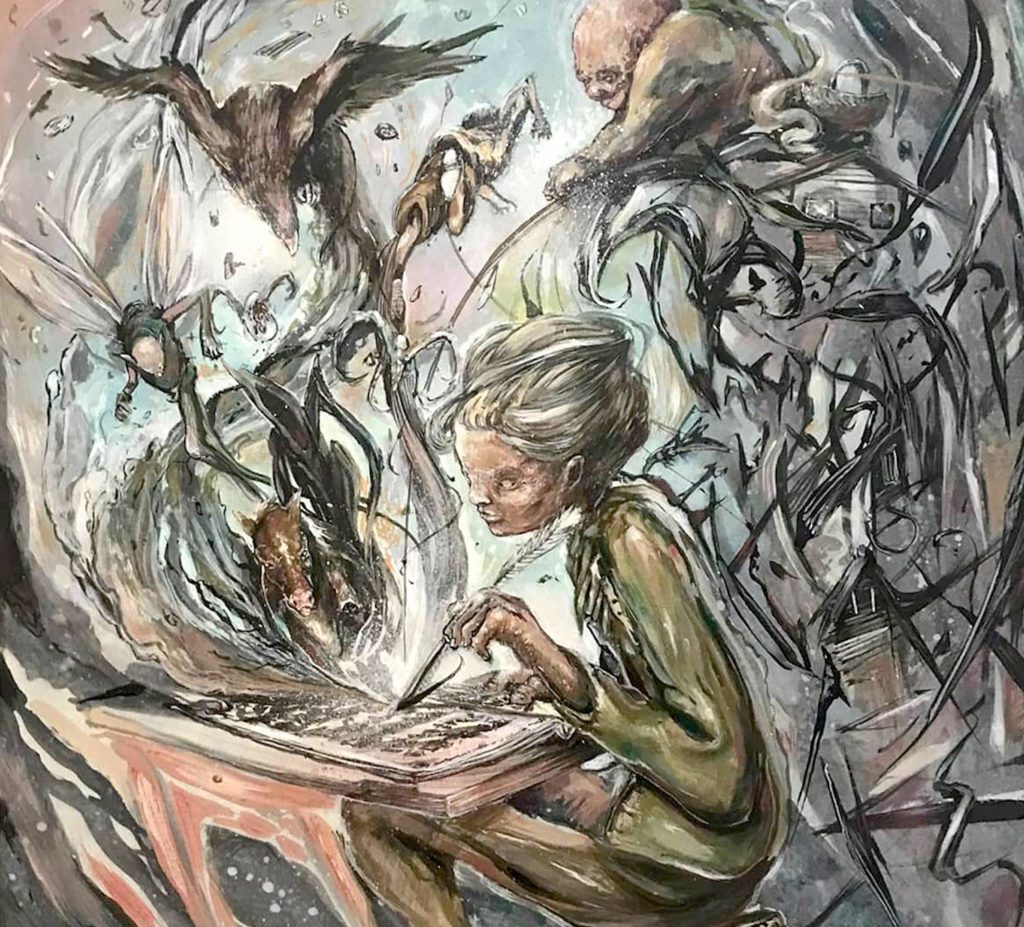
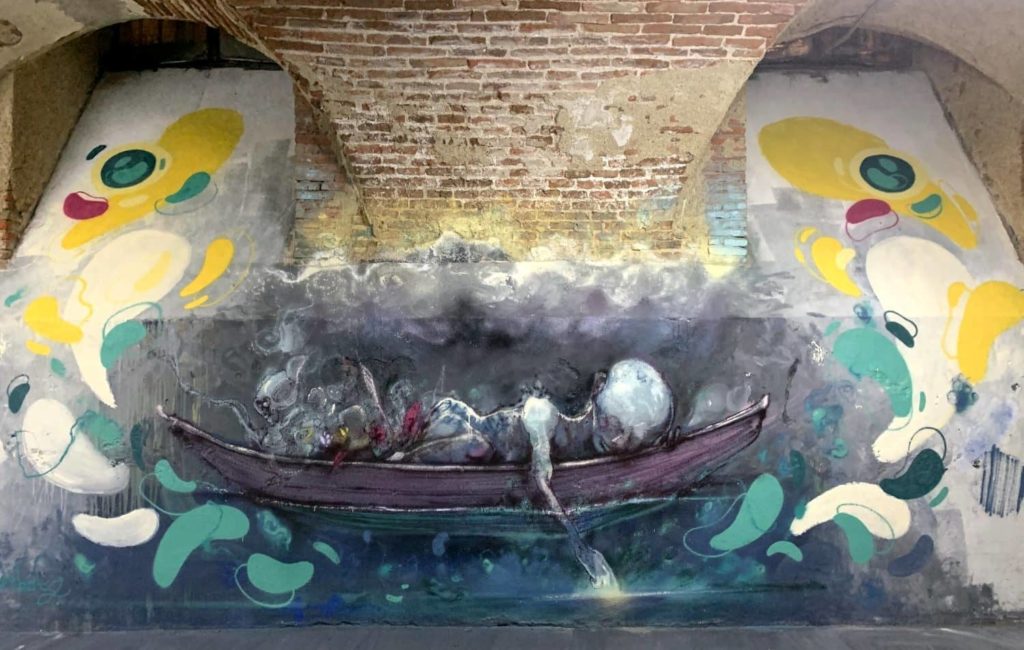
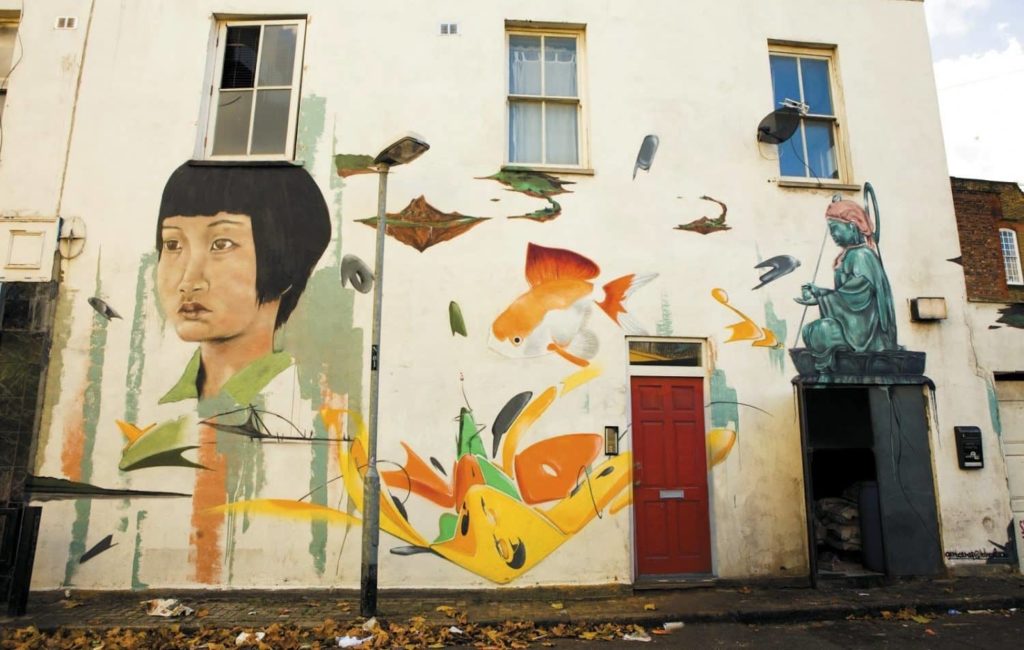
_______________________________________
Pictures © Gerbos Mad City
March 2021
by Laura Vetter


